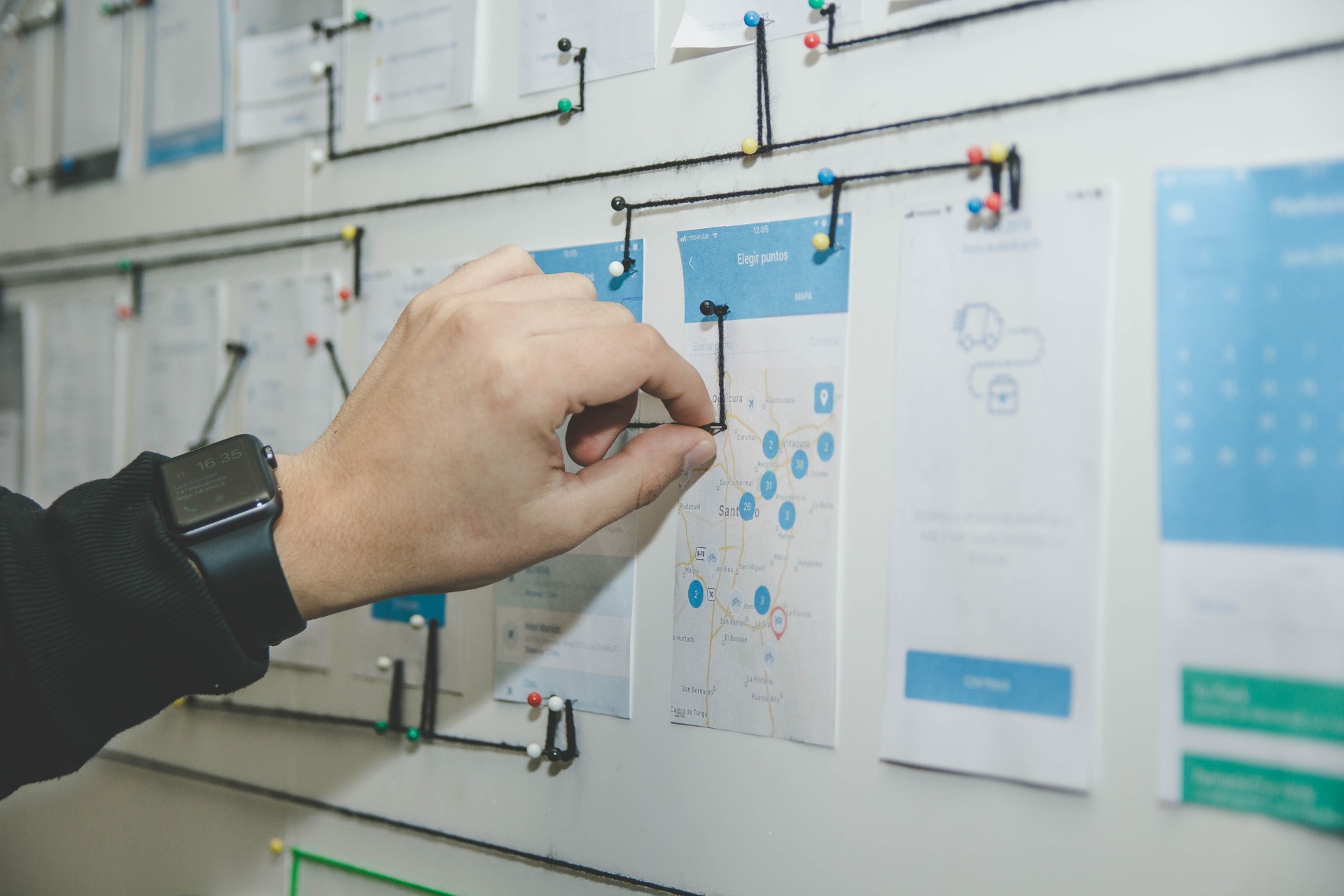The reliability. The R for RAMS
Today it is essential that the assets
of any company, organization or institution are reliable in order to compete in
an increasingly competitive market and hostile, where costs are the variable on many occasions,
most important for the success of the company. For this reason, it is
necessary to know and deepen around the elements related to the R
RAMS, Reliability ( Reliability ).
For this we define the concept of Reliability as the ability to correctly execute a sustained function over time. The reliability is related to production, cost, human security and environmental prevention. Monitoring reliability is very important to efficiently manage any service or system.
Today's assets are increasingly complex, for this reason it is essential to be able to assess and calculate reliability from the design stage and thus maintain technical specifications in the best operating conditions throughout the life cycle.
Knowing the reliability of an asset allows us to quantify its "quality of service". Knowing the reliability requires information, however, it is a common problem not having the operating data; Either because there is no experience in the operation of a system or because in general the data is deficient, scarce and in some cases non-existent. This situation makes it very difficult to know the reliability since its calculation is practically impossible.

In mathematical terms we will say
that reliability is the probability that an asset operate without failure for
a set period of time and under specific conditions.
It is necessary to understand that the reliability will adopt values between zero (0) and one (1). When reliability takes a value equal to zero (0), it verifies the impossibility that this product is performing its function correctly at that moment. On the other hand, when reliability assumes a value equal to one (1), it is surely expected that this product will perform its function properly.
Importantly , the reliability (R Reliability ) also depends on the time (t), that is, varies with the course of the same . In addition, we must bear in mind that its value decreases over time. Thus, reliability models consist of probability functions, whose random variable is time and usually presents a downward curve, starting from its maximum value (1) when time is zero and vice versa.
On the contrary, we highlight the Probability of Failure or Reliability function , as precisely the opposite meaning of the Reliability function . The concept of reliability is defined as the probability of occurrence of a failure in a time interval.
If we know the real behavior of an asset as a function of time, we can model reliability . Thanks to the degree of technological advance in computer applications, it has been facilitated to obtain practically real reliability data through automatic computer modeling.
In practice, the two best known models are:
- First, the Exponential Reliability Model corresponds to the simplest reliability model and assumes a constant failure rate . It is usually accurate for electronic components and is generally accepted as the most widely used model to obtain a first approximation of the value of the reliability of any asset.
- Second, the Weibull Model of Reliability is a more complete model that the exponential model because it takes into account a variable rate of failure . In data processing, it is more precise than the exponential model, because its parametric allows it to conform to different failure trends , working reasonably well without a large amount of data. Its versatility and ability to reflect circumstances related to the assets under analysis has given rise to what is known as " Weibull Analysis ". However, we emphasize that it carries a greater mathematical load than the exponential model.
Strategies for calculating reliability
There are a series of strategies and methodologies that allow us to perform an efficient reliability calculation.
First, qualitative methods subjectively evaluate the characteristics of the system related to its behavior. For example, the effect that the failure mode of a particular element can have on a larger system.
Second, quantitative methods evaluate the numerical characteristics of the system related to the probability of occurrence.
The different techniques and most
outstanding methodologies are:
- The failure mode analysis, effects and criticalities (FMEA) offers very detailed qualitative information from the system.
- The Fault Tree Analysis (FTA) provides a global view of the system by being based on a graphical representation with the failure models of all the components, as well as failures or combinations of failures that cause a failure in the system.
- The Event Analysis (ETA).
- Markov models .
- Petri nets
- Monte Carlo analysis
Finally, and for a better understanding of RAMS reliability, we invite you to browse our following publications:
- What is the RAMS reliability model of the Bathtub Curve?
- The most relevant RAMS parameters: MTBF, MTTR, MTTF
- What does it mean for a system to be fail safe or intrinsically safe?
- The 4 dimensions of failure according to the CENELEC EN 50126 standard
At Leedeo Engineering , we are specialists giving support to our clients at any level required for RAM and Safety tasks, and both at the level of infrastructure or on-board equipment. Do not hesitate to contact us >>
Are you interested in our articles about RAMS engineering and Technology?
Sign up for our newsletter and we will keep you informed of the publication of new articles.




